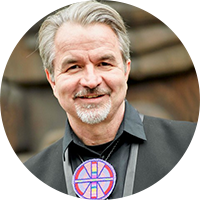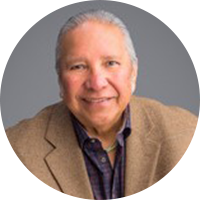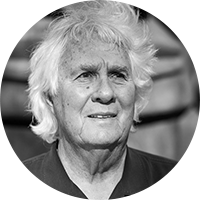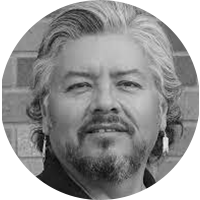-
Membership
Membership
Anyone with an interest in the history of the built environment is welcome to join the Society of Architectural Historians -
Conferences
Conferences
SAH Annual International Conferences bring members together for scholarly exchange and networking -
Publications
Publications
Through print and digital publications, SAH documents the history of the built environment and disseminates scholarship -
Programs
Programs
SAH promotes meaningful engagement with the history of the built environment through its programs -
Jobs & Opportunities
Jobs & Opportunities
SAH provides resources, fellowships, and grants to help further your career and professional life -
Support
Support
We invite you to support the educational mission of SAH by making a gift, becoming a member, or volunteering -
About
About
SAH promotes the study, interpretation, and conservation of the built environment worldwide for the benefit of all
Program Date: February 20, 2024
Chat Transcript
Q&A Transcript
“Indigenous architecture,” as defined by the SAH Indigenous Architecture Affiliate Group, is architecture designed by or for Indigenous people. This definition encompasses traditional forms of Indigenous architecture (pre-colonial to present), colonial architecture affiliated or concerned with Indigenous communities (such as BIA boarding schools or HUD housing), and recent Indigenous architecture (designed in collaboration with Indigenous communities and/or designed by Indigenous architects).
Indigenous architecture is underrepresented in architectural discourse and education. Few architectural historians, let alone Indigenous architectural historians, have conducted research on the topic. Architectural education in North America is traditionally based upon European models and has rarely included Indigenous architecture. Until recently, few North American academic institutions have offered courses pertaining to the history, theory, or design of Indigenous architecture. Faculty wishing to include Indigenous architecture in architectural history surveys find that even the most recent and comprehensive global textbooks on architectural history include very little about the topic.
The aim of the SAH Indigenous Architecture Affiliate Group is to build a community of scholars whose work focuses on Indigenous architecture and who together have the capacity to increase publications on the topic. “Introducing Indigenous Architecture”
is the group’s inaugural public event, providing an opportunity for founding members, including an Elders’ Council of five leading design practitioners and scholars, to introduce themselves and invite others to join and participate
in their activities. After presentations of their work, panelists discuss how to expand the scope of current architectural history books (and current curricula and teaching in North America) to incorporate Indigenous architectural history.
Following questions and comments from the audience, the session concludes with a discussion of the group’s upcoming activities and information on how to get involved.
Participants:
Moderators (Founding Co-Chairs of the affiliate group):

Jason Tippeconnic Fox, PhD (Comanche/Cherokee)
Architectural Historian, Idaho State Historic Preservation Office

Anne Lawrason Marshall, RA, PhD
Professor Emeritus, Architecture/American Indian Studies, University of Idaho
Panelists (Founding Indigenous Elder Council Members of the affiliate group):

Daniel J. Glenn, AIA, NCARB (Apsáalooke-Crow)
Principal Architect of 7 Directions Architects/Planners

Theodore (Ted) S. Jojola, PhD (Isleta Pueblo)
Distinguished Professor & Regents’ Professor, Architecture & Planning, Univ. of New Mexico
Founder & Director, Indigenous Design and Planning Institute, University of New Mexico

Johnpaul Jones, FAIA (Choctaw/Cherokee)
Principal, Jones and Jones

Brian McCormack, RLA (Nez Perce)
Principal Landscape Architect, McCormack Landscape Architecture

Lynn Paxson, PhD
University Professor & Professor of Architecture Emerita, Iowa State University


